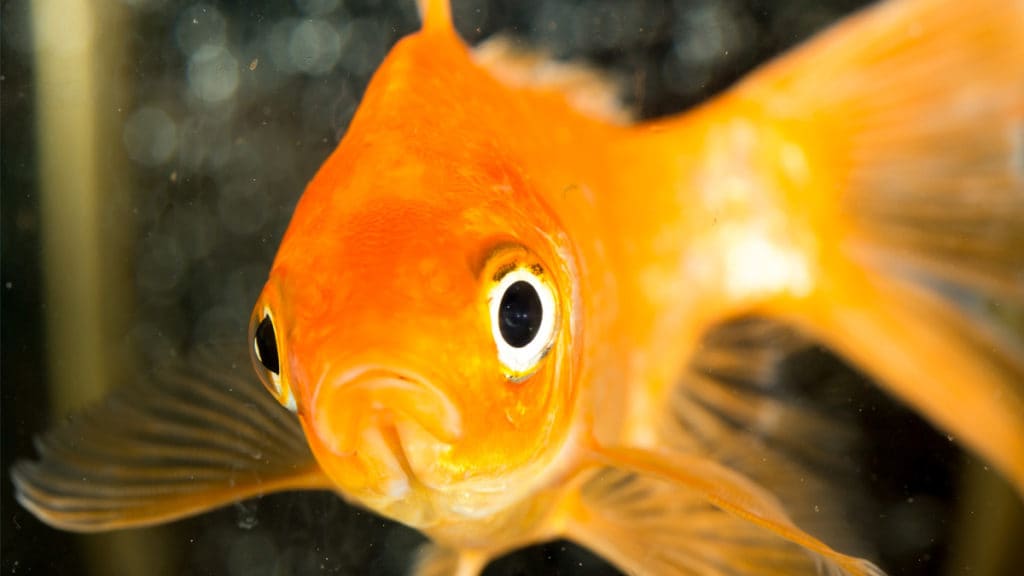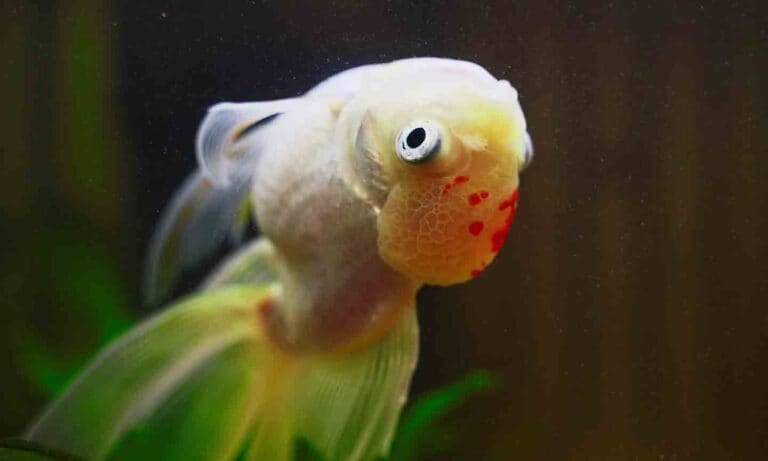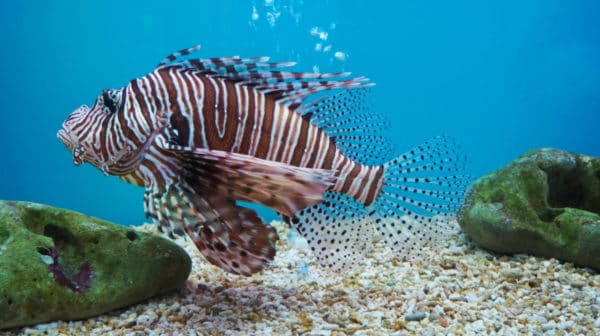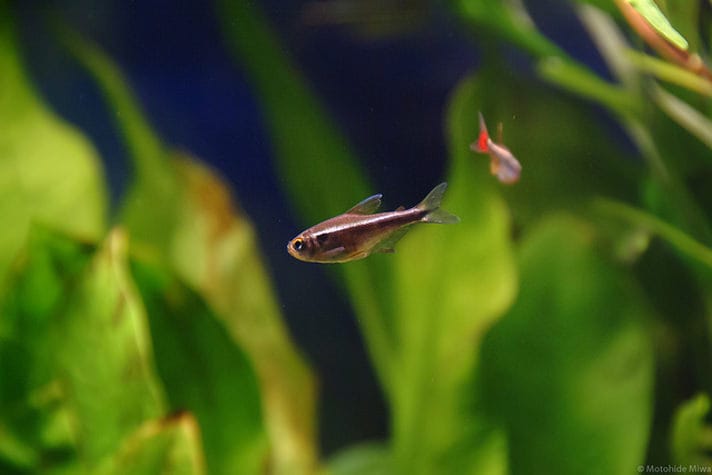Dropsy (also known as edema) isn’t a disease but a symptom, with no single pathogen or poison responsible for every case. It’s easily confused with a variety of other things, so careful diagnosis is essential before treatment can begin.
Identification
Fish with dropsy are obviously swollen, particularly around the abdomen. When viewed from above, the scales often protrude, giving the fish a bristly, pineconelike appearance. Fish suffering from dropsy are frequently lethargic, poorly colored and disinterested in fish food.
Egg-binding (dystocia) can cause female fish to become swollen, though without the scales protruding. Without veterinary assistance, this invariably results in the death of the fish. Vets can remedy egg-binding by using the hormone oxytocin. Although egg-binding is rarely reported among aquarium fish, it may be responsible for mortality among certain species that will not or cannot spawn in captivity, such as loaches and eels. A similar problem occurs with the more sensitive livebearers, such as halfbeaks, when the offspring are not delivered normally. Again, the female swells up rapidly and eventually dies.
Not all abdominal swelling is abnormal or dangerous. Female fish become distinctly rounded when ripe with eggs or carrying developing embryos. Unlike dropsy, the scales do not protrude and the female otherwise looks, feeds and behaves normally. Indeed, female fish in breeding condition may become distinctly friskier, often showing heightened colors and engaging in various reproductive behaviors, such as nest building.
Curiously, males of the African killifish species Pachypanchax playfairi develop protruding scales when spawning, and such fish can easily be thought to be suffering from dropsy.
Dropsy can also be confused with constipation, a common problem among herbivorous fish that do not receive sufficient green foods in captivity. Constipated fish do not have protruding scales, but they commonly produce stringy feces and may have trouble swimming normally (this latter symptom is very common among fancy goldfish). Constipation is treated by switching to high-fiber foods, such as tinned peas. Epsom salt is a useful laxative and can be added to the water at a dose of 1 teaspoon per 5 gallons.
Pathology
The symptom we call “dropsy” is essentially an accumulation of fluids within the body cavity. As the body swells, the scales on the body are forced outward, causing the telltale pineconelike appearance of the fish when viewed from above.
A variety of things can cause dropsy, though the most common causes are opportunistic bacterial infections triggered by poor environmental conditions. Certain viral and protozoan infections can cause dropsy, as well. Dwarf Gourami Iridovirus (DGIV) causes a suite of symptoms, including dropsy. Among aquarium fish species, only the dwarf gourami (Colisa lalia) is affected by this virus. The protozoan parasite Hexamita, which is responsible for hole-in-the-head disease, can also cause dropsy alongside its usual symptoms of white, stringy feces and erosion of the sensory pits on the head and flanks. Hexamita primarily affects cichlids and marine perciform fish, such as tangs and damselfish. Treatment is via metronidazole; but by the time dropsy develops, the prognosis is generally poor.
The causes of Malawi bloat are obscure, but three factors have been identified by vets as significant: diet, water quality and inappropriate use of salt (sodium chloride). Many African cichlids are herbivorous in the wild. Diets poor in greens and fiber, but rich in protein and fat, may predispose such species to Malawi bloat. Water quality is important when maintaining cichlids generally, but with Rift Valley cichlids especially, it is essential to ensure zero levels of ammonia and nitrite, as well as nitrate levels no higher than 20 mg/l.
Salt has sometimes been used in tanks housing Lake Malawi and Tanganyika cichlids in the mistaken belief that it will harden the water and raise the pH. In fact, it does neither, and Malawi bloat actually appears to be more common in tanks where salt is used. Should the water in the aquarium need hardening, an appropriate Malawi or cichlid salt mix should always be used.
Treatment
Both dropsy and Malawi bloat are extremely difficult to treat. By the time fluid retention in the body causes the scales to protrude, severe damage has already been done. In the case of small fish, such as tetras and guppies, the chances of recovery are minimal, and such fish are best euthanized.
Dropsy caused by systemic bacterial infections can be treated in larger fish, such as cichlids and goldfish, with antibiotics (e.g., erythromycin or minocycline). Although the prognosis is not good, at least some fish recover, particularly when the disease is caught early and water conditions are optimized. Supplement the use of antibiotics with the addition of Epsom salt at a dose of 1 teaspoon per 5 to 10 gallons and by raising the temperature to 82 to 86 degrees Fahrenheit.
Malawi bloat is usually treated with metronidazole. If the fish is still feeding, metronidazole-dosed foods can be used. Alternatively, doses of up to 50 mg per gallon can be added to the water, though this tends to be much less effective.
Prevention
Because dropsy and Malawi bloat are so difficult to treat, prevention is important. Optimizing water chemistry and quality are central, and care should be taken to choose appropriate foods for whatever fish are being kept.
Posted by: Chewy Editorial
Featured Image: Via Tony Terceira
Share:









